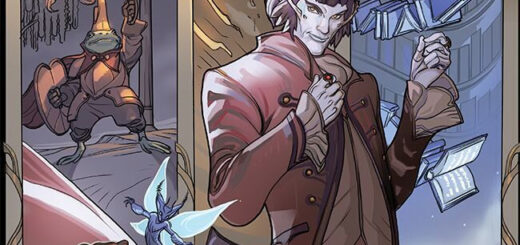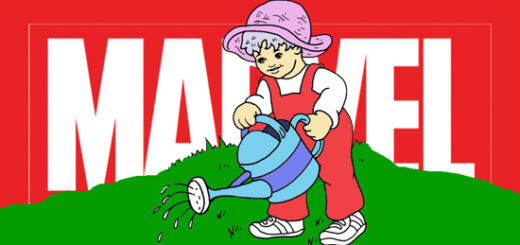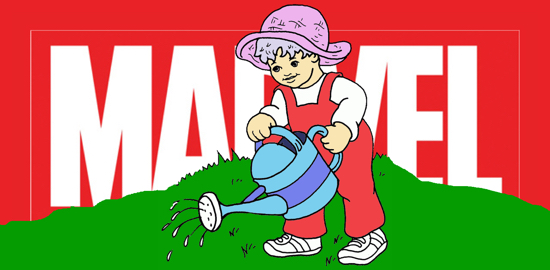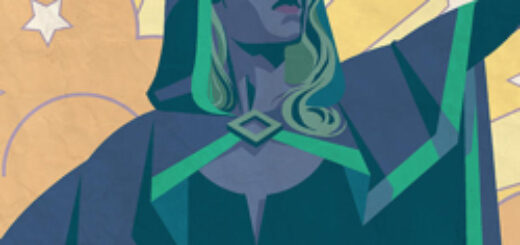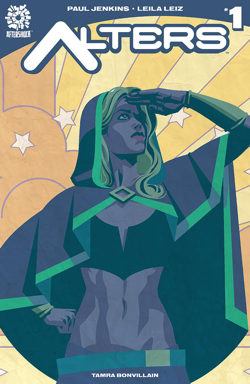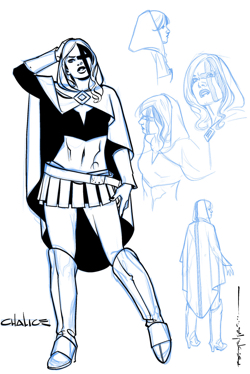Review: Oberon #1
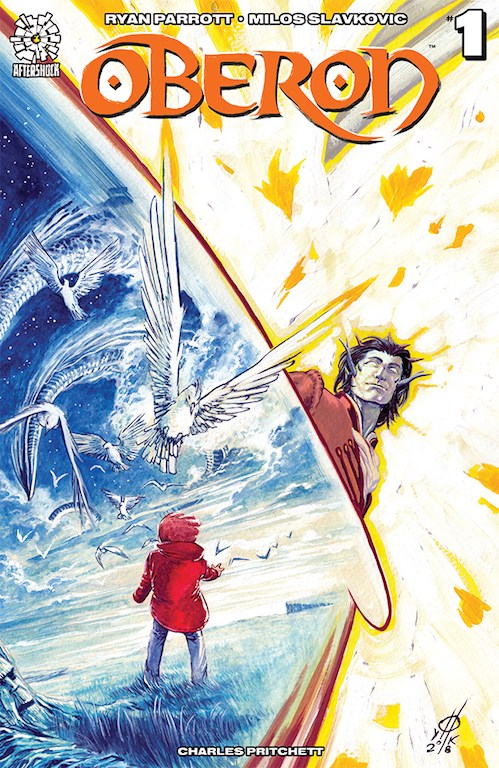
You might already know that Aftershock Comics is on a roll. In just three years, they’ve won Diamond’s Publisher of the Year award (for publishers under a certain market share) and have pushed several properties forward to media deals. It’s a publisher that seems to attract smart talent and then provides the support and freedom to create strong work.
Aftershock Comics’ tagline is “The Year of Reading Dangerously.” That has the sense of urgency and the zing that the entire industry needs. In fact, I’ve been hearing John Siuntres talk about Aftershock on his excellent Word Balloon podcast (Aftershock is a sponsor). An interview with creator of Moth & Whisper inspired me to pick up a series I probably wouldn’t have otherwise, in fact.
One of Aftershock’s most recent debuts was Oberon #1. The king of the fairies, Oberon, may be best known for his role in Shakespeare’s A Midsummer’s Night Dream, but it turns out the character was a part of mythology long before that.
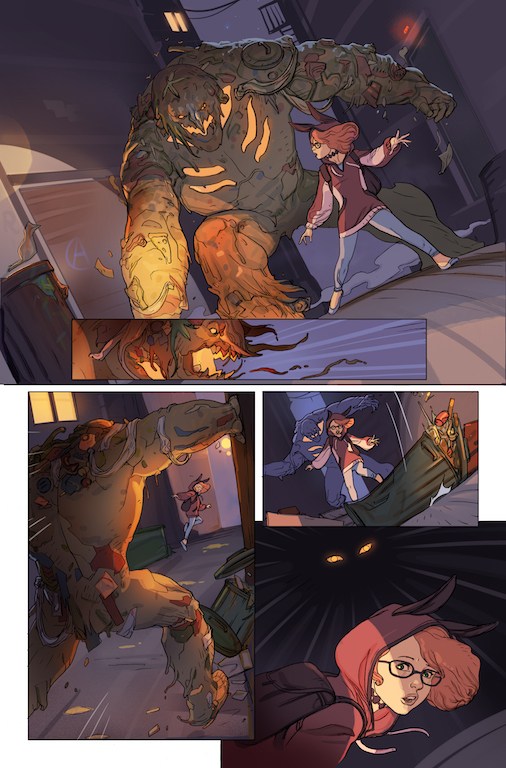
This story is about the journey of a smart young girl, Molly, who is introduced to the world of fairies and finds an alternative to her humdrum life. But all isn’t as it seems, as both Molly and the readers struggle to understand the truth and the reasons behind all the character’s seemingly-sinister motivations.
Writer Ryan Parrott weaves an adventure that has the threads of many tales. But with his urgent pacing and true-to-the-ear dialog, he never lets the reader feel as if it’s simply a rehash of anything we’ve read before.
The art is compelling and fresh. Serbian artist Milos Slavkovic employs a breezy, engaging style that propels the story along and is gorgeous to view. He’s not much on inky blacks, but his various line weights delight the eye. He offers a varied visual texture for fans who want to either rush through the adventure or just leisurely linger. It’s all evocative of Michael Kaluta, Walter Simonson and J.H. Williams, with a veneer of Terry and Rachel Dodson to give it all a silky smoothness.
Slakovic also provides innovative panel layouts, without being overwhelming. He also offers a lovely pallet of colors, especially leveraging a lot of purples, and oranges to set Oberon apart from the crowd.
Of note: Aftershock provides several pages of their next series, Stronghold, as a preview so it feels as if there’s a back-up story in this comic. This marketing tool gives the whole thing a little more substance and value to the reader.
All in all – a compelling first issue. I’m a bit worried about Molly and will keep reading to ensure she’s all right. But I’m not entirely sure she will be.

